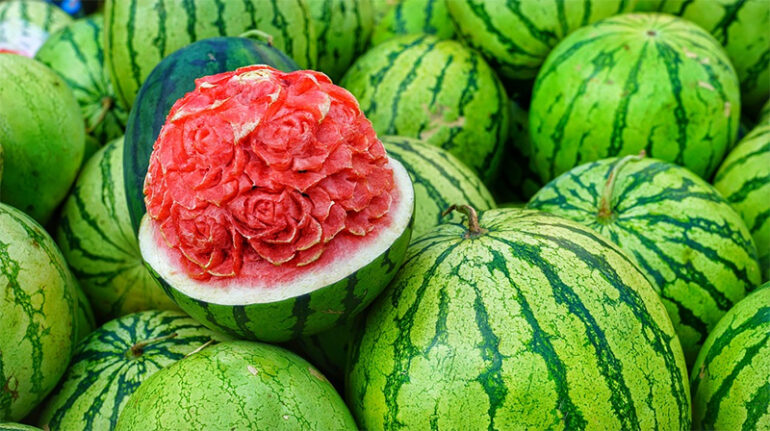People who visit fine dining restaurants in hotels and those who go on cruises marvel at the beauty of food carved into exquisite shapes and forms. The presentation elevates not only the appearance but also the experience of dining and savoring food. The chefs who work long hours creating these masterpieces deserve recognition because it’s not an easy thing to do. It takes a lot of skill to see the shapes hiding inside fruits and vegetables. It also takes a lot of practice to get things done right every time. These professionals are artists, and they’re hiding in plain sight.
For those who would like to give food carving a try, you don’t have to fret. You can carve fruits and vegetables easily, too. You only need to be as attentive as possible because the more detailed your carving looks, the better.
Here are some reminders for aspiring food carvers. Take these to heart every time you practice. Try to amaze your parents, friends, and relatives during meal times with your one-of-a-kind creations.
Always use a sharp knife
Never use a dull knife. If you have stainless steel knives, use them because they stay sharp longer and come in different sizes. If you can invest in high-quality blades, do so. Not only are they the best ones to use, but they also don’t discolor the fruit or vegetable flesh as much as ordinary blades.
Select fresh produce
Always use fresh produce whenever you’re carving. They’re firmer and would withstand the process much better than those which show wilting. Also, make sure that the skin doesn’t have any huge imperfections.
Outline your subject produce
Score the produce lightly so you’ll have an idea how you’re going to move forward. As you work, make the necessary corrections, especially if you see any structural problems that may affect the stability of your finished product.
Refrigerate your produce
It would be great if you would refrigerate the fruits or vegetables that you would carve beforehand. Then, wash them and put them in the chiller to firm them up even more.
Never carve an unwashed fruit or vegetable
There’s a simple reason behind this reminder. There are bacteria on these surfaces, and once you score the subject, there’s a huge chance there will be transfer from the peel to the flesh. You wouldn’t want to cause an upset stomach or food poisoning, right?
Try to avoid bruising the flesh
Bruising the flesh of your fruit or vegetable wouldn’t look good on the final output. This is one of the reasons why you have to practice. You need to know how the food reacts to different levels of pressure.
Rinse the finished product with ice water
After you finish carving, you would need to rinse it with ice-cold water to retain the vividness of the peel and the flesh. Then, cover it with plastic wrap and put it inside the refrigerator if you’re not going to display it yet. Once you display it, spray the creation with ice water every few hours or so to ensure that the colors remain vivid and it stays fresh.
Final thoughts
Carving fruits and vegetables is an edible form of art. The chefs use a different type of canvas to showcase their creativity. These professionals deserve recognition for their expertise and dedication to showcase their skills in such a challenging medium.
Photo Attribution:
1st and featured image by https://pixabay.com/photos/water-melons-display-carved-flower-3231812/
2nd image by https://pixabay.com/photos/vegetarian-decoration-food-ripe-2142962/

